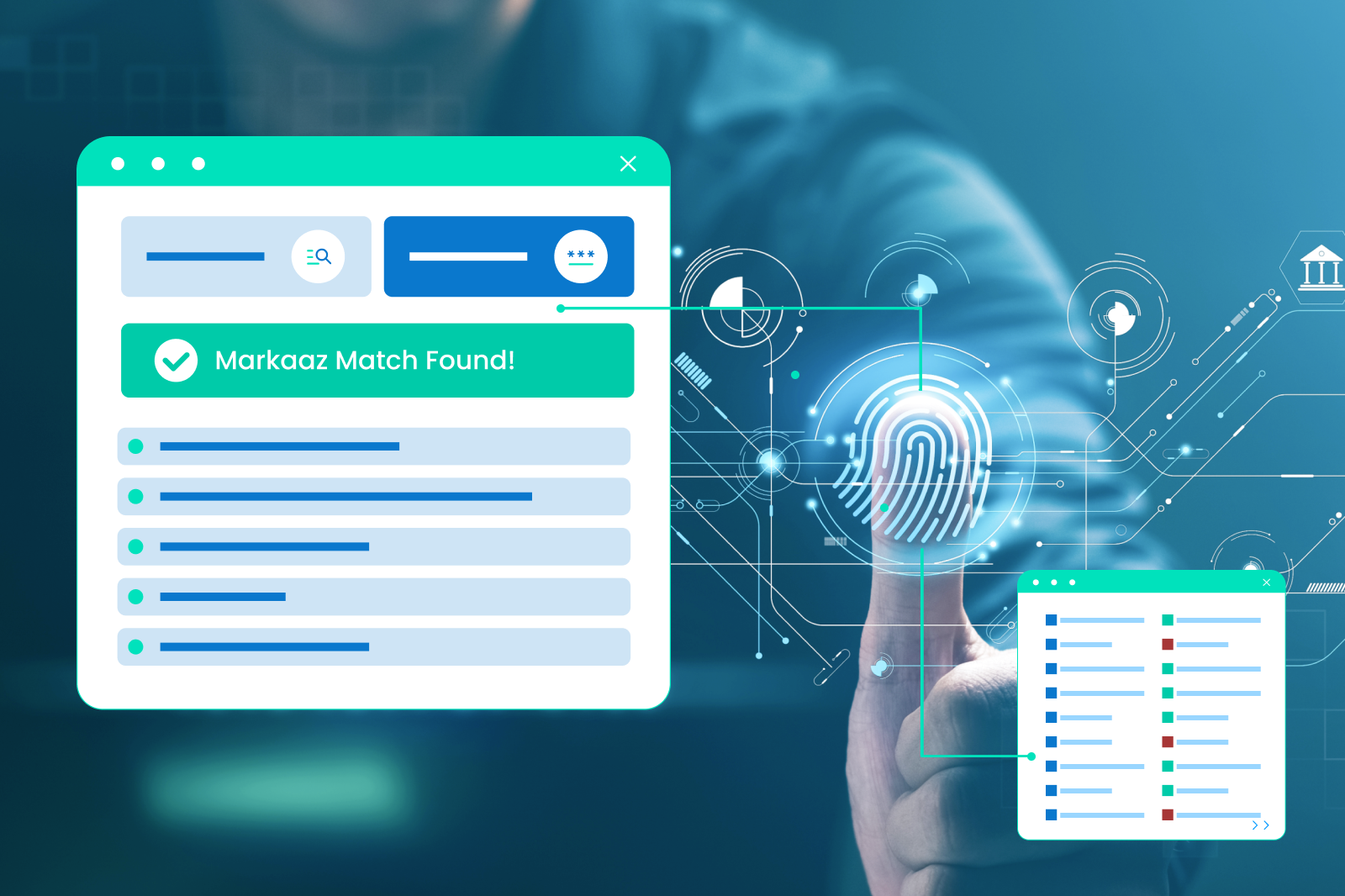Throughout cybersecurity month, we’ve supplied you with the tools to assess your cybersecurity risks and know the cyber attacks to look out for — but how do you develop procedures to minimize your exposure to cyberattacks?
The two most important factors are having a robust cybersecurity plan in place and ensuring your team is up to date on cybersecurity protocols. Check out these tips to prepare yourself!
Building your cybersecurity plan
Establish regular scans: Use vulnerability scanning tools to monitor your networks, websites, software, and other systems. You can also use these scans to monitor other protections such as firewalls, VPNs, and antivirus software.
Keep software updated: Always run the latest software versions, and install new patches as soon as they’re released.
Use strong passwords and two-factor authentication: Everyone in your company should use two-factor authentication for all applications and websites. An excellent way to get this set up is to provide each employee with a password manager profile or application that securely stores their login information. This will make it more difficult for bad actors to access accounts.
Back up your data: Protect your company against ransomware attacks by maintaining a backup of all your data on-site and also using a cloud provider.
Create a response strategy: By planning for the worst-case scenario and creating clear procedures to follow in case of a cyberattack, you’ll have one less thing to worry about. You can start by designating a response team and doing test runs to improve the protocols in place.
Educate your employees
More robust cybersecurity starts with better employee education. Cybersecurity is the responsibility of every employee and must be implemented top-down to build protective measures into the DNA of all businesses. Build a training schedule for your team to detect common threats. This training should also outline company security requirements and your cyber response plan.
Build security into devices: Keep track of which devices (laptops, phones, tablets, etc.) your employees use to access company data, especially if they are working remotely. Extend security procedures, such as data encryption, password management, and software updates, to all devices used for work purposes.
Recognize common cyber attacks: Educate employees about how to spot cybercriminals’ frequently used tactics, including phishing emails or texts, malware downloads, social media spam, or social engineering attacks.
A cyber attack can have severe consequences for your business. By taking an active role in your cybersecurity and implementing protective measures now, you can save yourself time and money in the future.
Markaaz’s comprehensive platform helps you create a secure network. We are the world’s first comprehensive platform to allow small businesses to discover new suppliers, manage them, and improve their cash flow. We aim to simplify your processes so you can get back to business safely. This means giving you access to the tools you need to run a secure and successful company. Join our platform today!




